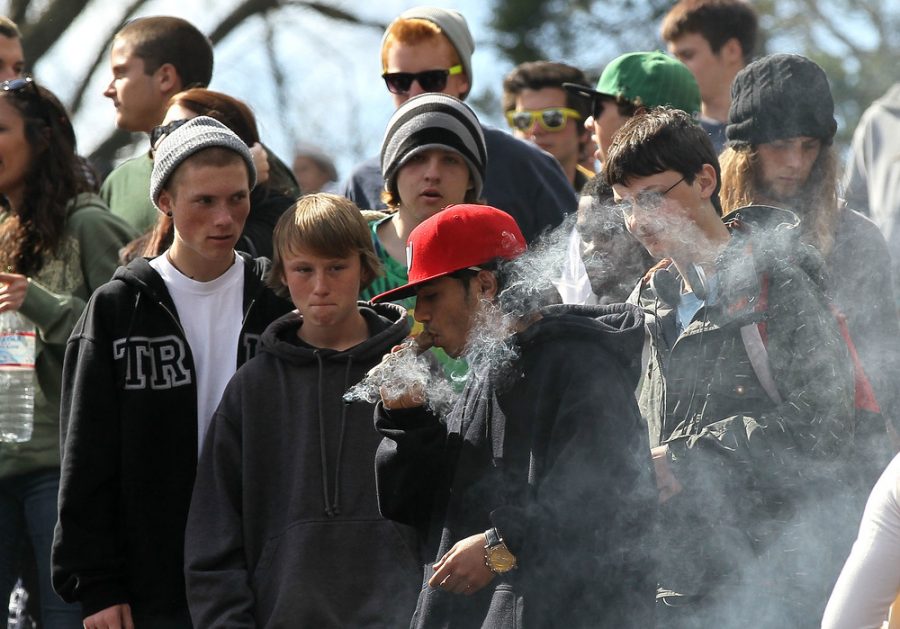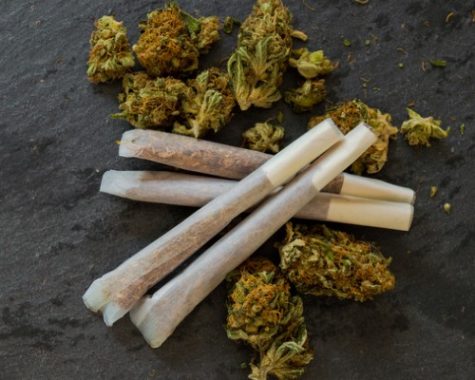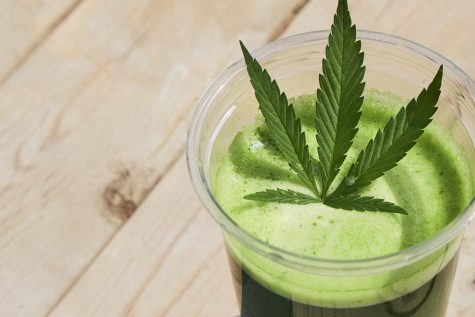Study: “No evidence” exists to prove connection between medical cannabis legalization and increased youth consumption
Contrary to common misconception, medical cannabis laws and the rapid formation of the ever-expanding dispensary scene is not linked to an increase in youth cannabis consumption. This is based on recent data featured in the journal Substance Abuse.
A group of researchers associated with Harvard University, John Hopkins University in Baltimore and the Massachusetts Cannabis Control Commission assessed cannabis consumption trends from more than one million adolescents in grades 9-12. The investigation gathered data from a 25-year period.
The authors hypothesized that, between the years 1991 and 2015, there was no proof of increased youth cannabis consumption within the past 30 days. These findings are in harmony with previously conducted studies. Moreover, there was no indication of heavy cannabis consumption being linked to state medical cannabis law enactment or operational dispensaries.
An abstract of the study, titled, “Medical marijuana laws (MMLs) and dispensary provisions not associated with higher odds of adolescent or heavy marijuana use: A 46 state analysis, 1991-2015,” can be accessed online.
Lower odds of youth cannabis consumption in medical-friendly states
Interestingly, one of the key takeaways from this study on youth cannabis consumption revealed that adolescents living in states with medical cannabis laws were much less likely to have consumed the plant within the last 30 days; as opposed to the six percent residing in states without medical cannabis laws.
“In grade stratified analyses, the 9th graders had nine percent lower odds, whereas there were no differences for other grade levels,” wrote the study authors.
The Deputy Director for NORML, Paul Armentano, believes that the data accumulated from 46 states over the past two decades indicates that medical cannabis can be legalized without compromising youth safety. He says that medical cannabis access “does not inadvertently impact young people’s habits.”
“These findings should reassure politicians and others that states’ real-world experience with medical cannabis is a success from both a public health and a public safety perspective,” he added.
What the CDC says about cannabis use among youths
The Center for Disease Control and Prevention (CDC) often delves into the subject of cannabis. However, the organization doesn’t always highlight the benefits of using the plant.
In fact, the official CDC website suggests that frequent or long-term cannabis use is associated with higher rates of school dropout and lower educational achievement.
Some of the reported negative effects of youth cannabis consumption, as stated on the CDC website, include the following:
- Trouble thinking and solving problems
- Memory and learning difficulties
- Impaired coordination
- Attention struggles.
According to the CDC, youth cannabis consumption may cause decline in school performance, increase the risk of mental health and behavioral issues, impair driving ability, create a bad influence on others and potentially cause addiction.
Nonetheless, scientists and researchers from across the globe have (and continue to) highlight the therapeutic properties of cannabis. Examples of the plant’s proven medicinal properties include anxiolytic, analgesic, neuroprotective and anti-inflammatory effects.










